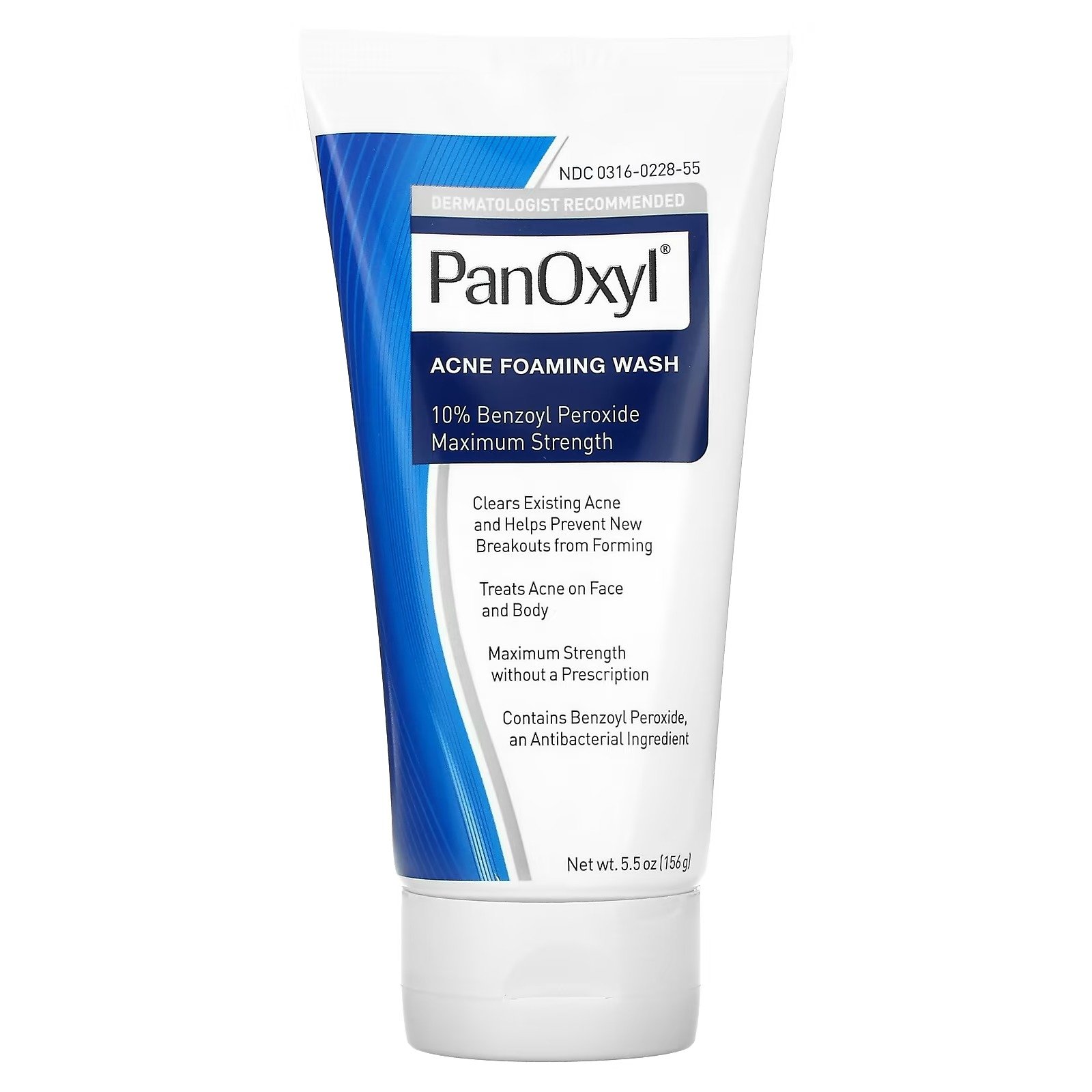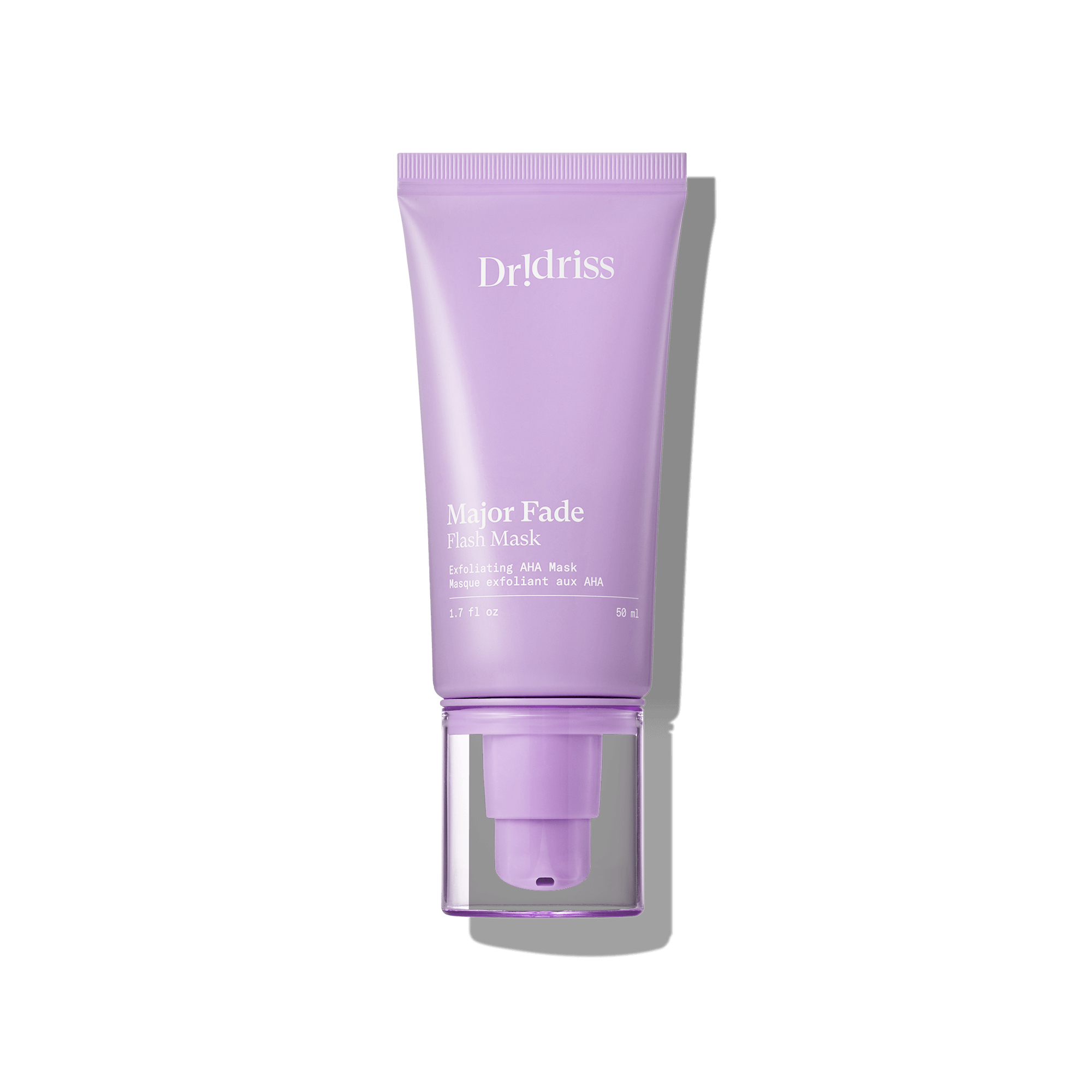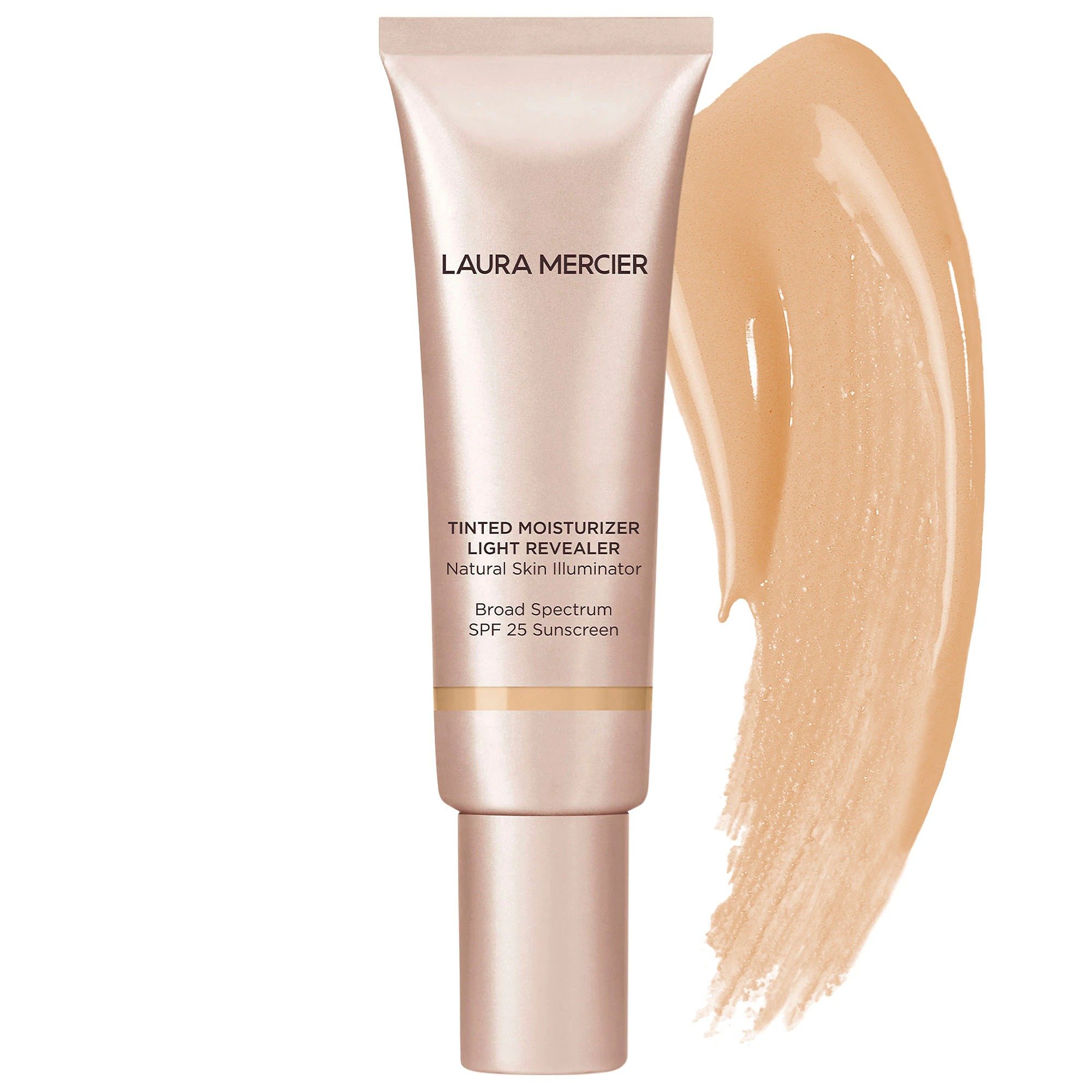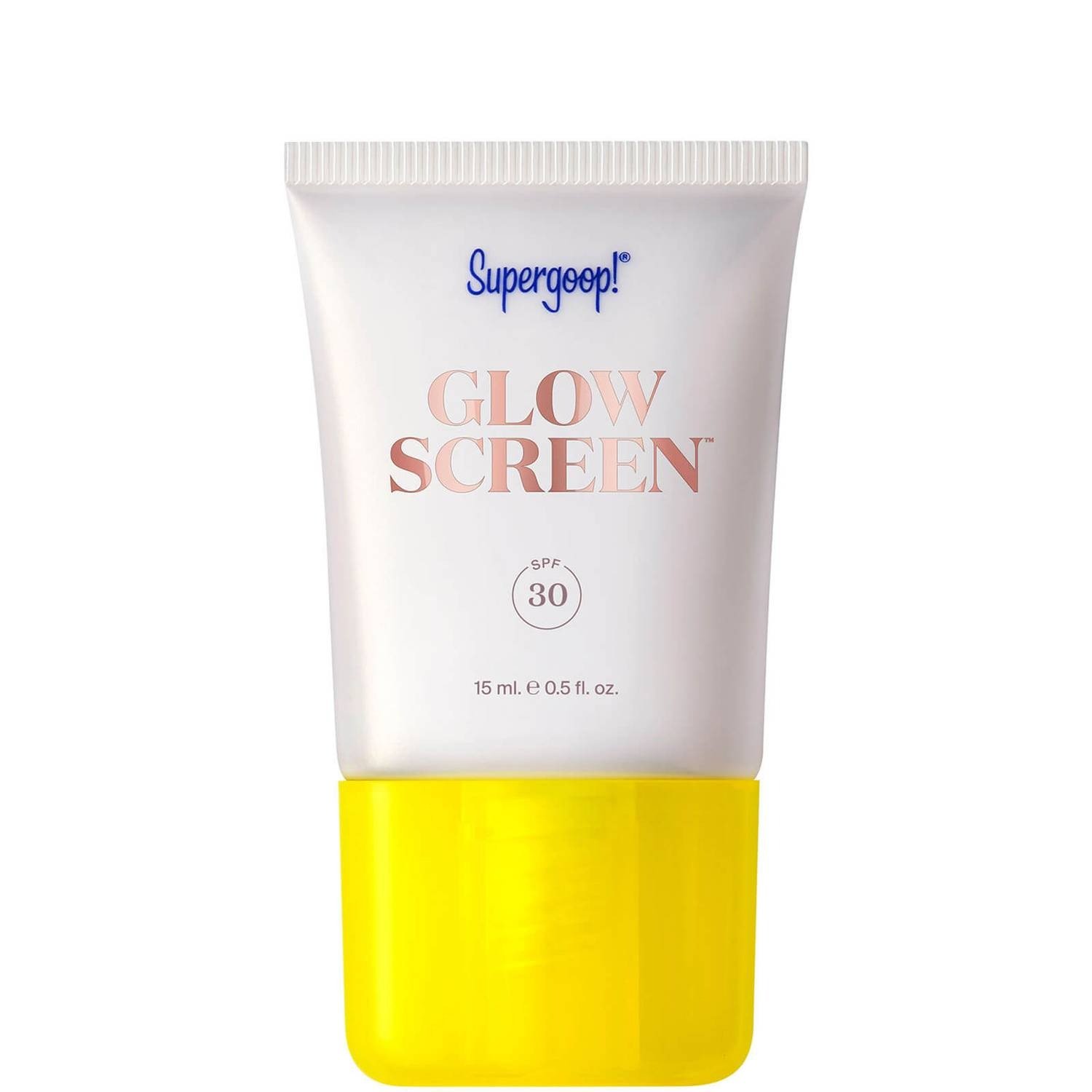Navigating Skincare in Your 20s
IN THIS ARTICLE
Good morning, skincare enthusiasts, and welcome to But More Importantly, where we discuss all things skincare and beauty every week. Today's topic is skincare in your 20s.
However, I need to emphasize this - your age does not dictate your skin type. I've reiterated this many times, and I will continue to do so, even though today's article is about skincare in your 20s. The reason I stress this is because irrespective of our age, we all face unique skin issues that are personal to us, although there are common issues that can occur in each decade of our lives.
In my own experience, my biggest skincare mistakes in my twenties were due to inconsistency and neglect. I didn't have a consistent skincare routine, I hardly used sunscreen daily, and sometimes I'd even skip washing my face at night. I accumulated a ton of whiteheads due to bad habits. However, if you establish a solid skincare routine in your twenties, it will put you miles ahead of your peers and set the stage for healthier skin in the future. The two most essential things you should do are: wash your face at night (and if you wear makeup, make sure to remove it before bed), and apply sunscreen daily. It's a habit that can be hard to start, but once you do, it's harder to break.
Understanding Your Skin in Your 20s
In your twenties, the most common skincare concerns are acne, which can resurface due to hormonal shifts, and post-inflammatory hyperpigmentation.
In our twenties, we may begin to become aware of skin issues such as post-inflammatory hyperpigmentation (PIH) or post-inflammatory erythema (PIE). These conditions can leave marks or unevenness on our skin after breakouts. Additionally, hormonal changes can lead to oiliness or dryness, and the environment we are living in can greatly affect our skin. For example, living in a dry environment like Utah can have drastically different effects on your skin compared to living in a humid environment like Florida. Understanding these factors will help guide your skincare routine throughout your life, particularly when it comes to hydrating products.
The skincare routine should always start with cleansing, which is a universal step for everyone. It's important to remove makeup before cleansing your skin. Some people prefer oil cleansers, like Clinique's Take the Day Off, but micellar water, such as Bioderma, is also a popular choice. After makeup removal, a basic cleanser should follow. If you have acne-prone and oily skin, benzoyl peroxide, like Panoxyl at 10%, can be beneficial. It should be left on the face for a while before washing off, although it can bleach towels so watch out! Alternatively, a sulfur wash, such as the one by Kate Somerville, can be a good option for those with extremely oily skin.
Choosing the Right Products
Exfoliating is the next step in a skincare routine. In your twenties, your skin's cell turnover rate is still relatively high, so you don't need to use a very strong exfoliant. Instead of a product like Flash Mask, which contains a high concentration of glycolic acid, you might want to opt for something gentler. The Ordinary has a glycolic acid peel at a comparatively low seven percent concentration. The frequency of use can vary depending on the humidity: in dryer environments, you may want to exfoliate four times a week, while in more humid climates, twice a week may suffice.
Bubble offers an interesting AHA PHA mask that combines glycolic, lactic, mandelic, and glucanolactone. However, as they don't disclose the percentage of these ingredients, it's likely relatively low.
Throughout the day, you can ensure a bacteria-free environment by using a sanitizing spray on objects close to your face, like a headset. This is particularly useful for those prone to acne. During the pandemic peak, I used the spray inside my mask to prevent breakouts.
Focused serums are key to a successful skincare routine. For those with oily and acne-prone skin, Glossier's Super Pure clarifying niacinamide and zinc is an excellent choice, retailing for $29. It contains 5 percent niacinamide and zinc PCA to balance the skin's shine and oiliness while reducing inflammation.
If your skin is red or puffy, consider the award-winning DePuffer Arnica Rolling Serum. Initially created for patients undergoing office procedures that lead to swelling or inflammation, it was found to also help reduce redness and eye puffiness. Clinical studies showed that twice-daily use over a month reduced the appearance of redness and eye puffiness within five minutes.
In your 20s, it's time to introduce a vitamin C serum into your routine. Timeless offers affordable vitamin C products, with 10 percent and 20 percent ascorbic acid options. They come in an opaque pump, which generally is better than a dropper, and retail for 24 bucks.
Retinols aren't for everyone, but they can be beneficial. While some may have tried retinols in their teens for acne, it's important to remember that not all retinols are the same. Glossier's 0.5 percent Pro Retinol, misleadingly not a retinol but a hybrid with sunflower seed fatty acids, is a gentle, beginner-friendly option. A pea-sized amount applied three nights a week is a good starting point. For a stronger option, consider Elf's Granactive Retinoid. Granactive Retinoid - a cousin of tretinoin, the active form of retinol - contains 0.6 percent Retinal and antioxidants. Research suggests that it's nearly as effective as retinoin and less irritating, making it a good choice for retinol beginners, especially for those in their twenties. At $22, it's affordable too.
It's important to use retinol gradually until your skin can tolerate it each night without any redness or flakiness. When it comes to skincare, consistency is key. Overdoing it can cause inflammation which is harmful to your skin in the long-run.
Skincare Simplified and Explained
Eye creams are not a necessity at this age. If your skin can handle it, apply a small amount of retinol under your eyes after applying a moisturizer. You can also use the DePuffer and seal it with a denser moisturizer. If your skin is prone to comedones (small, hard whiteheads or cysts), opt for a lighter, breathable moisturizer—it's totally unnecessary to spend a fortune on a specific eye cream.
When it comes to moisturizers, consider your climate. Dry climates require hydration-focused products layered together - a mist, a serum, and a moisturizer. For oily or humid climates, lighter products will suffice. I love two-in-one moisturizers as they save time. Take Dr. Idriss’ Vitamin C moisturizer. It contains a Vitamin C ester, not ascorbic acid, so it won't turn bad so quickly. It might not be as potent as ascorbic acid, but I've been using it since August 2023 and enjoy its lightweight gel texture. It's my go-to moisturizer for most skin types. If you're in a dry climate, you might need to apply a heavier moisturizer on top, like Kiehl's Ultra Facial cream. Dr. Idriss's mositurizer costs $58, and since it already contains Vitamin C, you can use another serum to target other skin concerns. If you need a simpler option, Byoma offers a basic gel moisturizer for $15. This gel moisturizer may not contain vitamin C, but it's lightweight enough to keep your skin hydrated. It's like a cross between a serum and a moisturizer, providing a light layer of moisture, unlike the thicker Kiehl's moisturizer.
The Importance of Sun Protection
Moving on to sunscreens, a vital part of your skincare routine, especially from your twenties onwards. La Roche Posay, ideal for dry skin and arid climates, offers their Double Repair face moisturizer with ceramides, SPF 30, and costs around $23.
Supergoop's SPF 50 play is another excellent choice if you need higher sun protection, especially for those living near the equator or in the southern hemisphere. Pay attention to the UV index on your iPhone; anything above 3 means you definitely should apply sunscreen.
My personal favorite, Laura Mercier's SPF 25 chemical sunscreen, doesn't irritate my eyes and I use it daily as a makeup base. Apply two full fingers under your makeup for best results. It's hydrating and provides a great base. I also use Supergoop's Glow Screen as a cheekbone highlighter, which gives a lovely disco ball effect.
This has been your skincare guide for your twenties. I hope you find the tips helpful and learn from my past mistakes. If I could go back, I would certainly use sunscreen more often and cleanse my face thoroughly. Fortunately, spending my twenties in a library, away from the sun, did wonders for my skin. However, not everyone has the luxury to do so. Therefore, make sunscreen and facial cleansing a priority. Stay tuned for more tips next week.
About the Author: Caolan
With over a decade of international experience, Caolan's passion lies in simplifying the complex. Now, as the founder of But More Importantly, he applies these talents to the world of cosmetics, aiming to unmask marketing hype and provide readers with the truth about beauty products. His mission: to help you make informed choices and discover what truly enhances your beauty routine.































